
"Carbon can be an ally in a regenerative future"
By understanding the carbon cycle, designers can work hand in hand with nature to develop sustainable new materials, writes Sebastian Cox. More

By understanding the carbon cycle, designers can work hand in hand with nature to develop sustainable new materials, writes Sebastian Cox. More
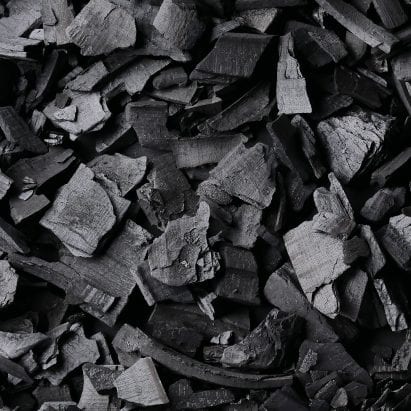
This essential guide to carbon debunks all the jargon around the element. It explains what it is, describes how it contributes to climate change and lays out ways of tackling the problem. More

A carbon revolution is underway. In a major new series starting today, Dezeen explores how this incredible material could be removed from the atmosphere and put to use on earth, writes founder and editor-in-chief Marcus Fairs. More
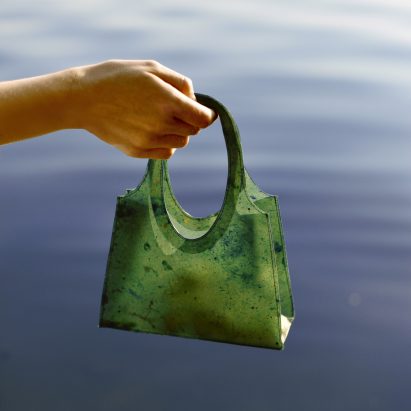
Berlin design students Lobke Beckfeld and Johanna Hehemeyer-Cürten have developed a translucent fruit-leather bag that dissolves in water and can be used to fertilise plants once it is no longer needed. More
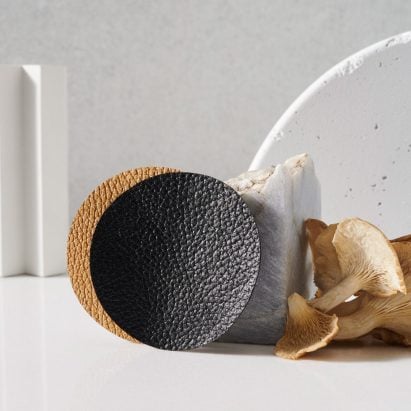
To mark Earth Day, we've rounded up seven materials that designers are using to replace more polluting mainstays such as plastic, concrete and leather in a bid to limit the impacts of climate change. More
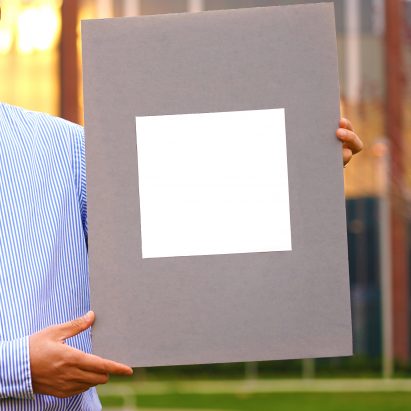
Researchers at Purdue University have developed an "ultra-white" paint that reflects 98 per cent of sunlight and deflects infrared heat, allowing buildings to cool below the surrounding air temperature. More
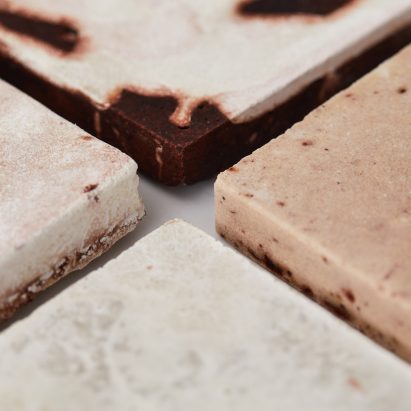
Central Saint Martins graduates Brigitte Kock and Irene Roca Moracia have collaborated to create concrete-like tiles that give new "economic and ecological" value to invasive species. More
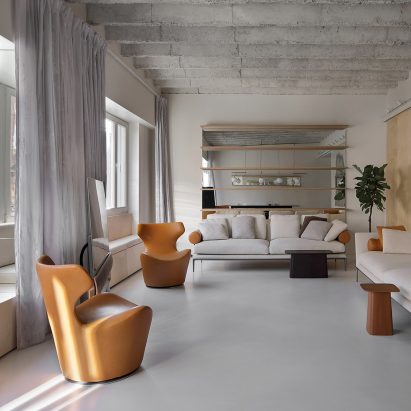
Dezeen Showroom: surfaces can be renewed in any colour using Italian brand Ideal Work's Microtopping finish, which is just three millimetres thick. More
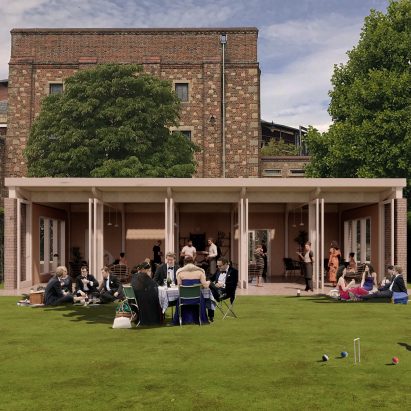
BakerBrown Studio has designed a garden pavilion for the Glyndebourne opera house in England that will use the venue's discarded champagne corks and seafood shells as building materials. More

French luxury house Hermès has partnered with biomaterials company MycoWorks to reimagine its Victoria shopper bag in a leather alternative grown from mycelium. More
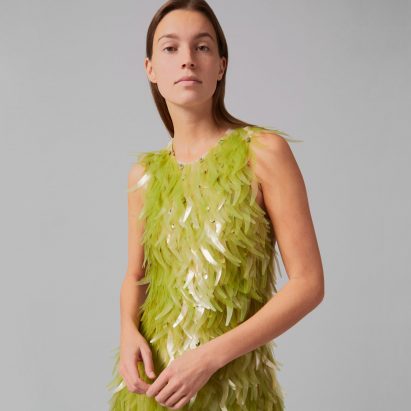
Fashion designer Phillip Lim has teamed up with industrial designer Charlotte McCurdy to create a petroleum-free dress covered in bioplastic sequins. More
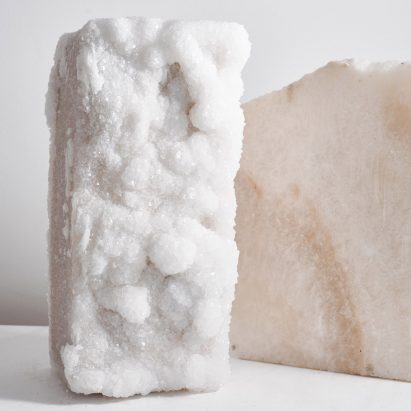
Israeli designer Erez Nevi Pana used five tons of salt from the Dead Sea to create his Crystalline collection, which showcases how the material can be used as building blocks. More
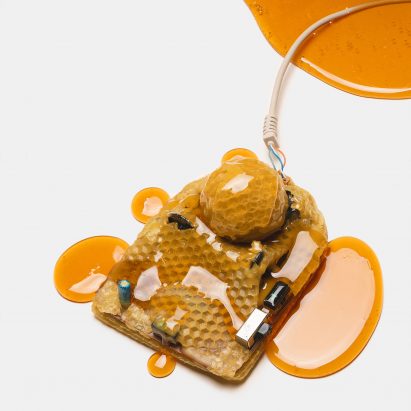
Industrial designers Hank Beyer and Alex Sizemore have made prototype computers from unconventional materials such as ice and honey to explore how people value emotional connection versus usability. More
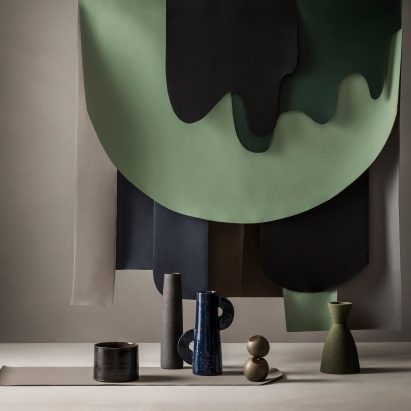
Dezeen Showroom: performance fabric manufacturer Ultrafabrics has launched six new colours for its bio-based animal hide alternative Volar Bio. More
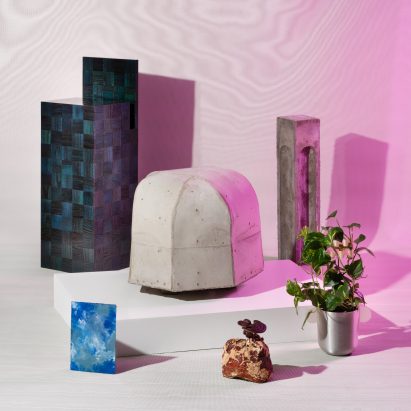
Six Swedish design studios have produced items and materials from industrial waste, including pedestals made from ash and flowerpots from apples, for an exhibition in Malmö, Sweden. More
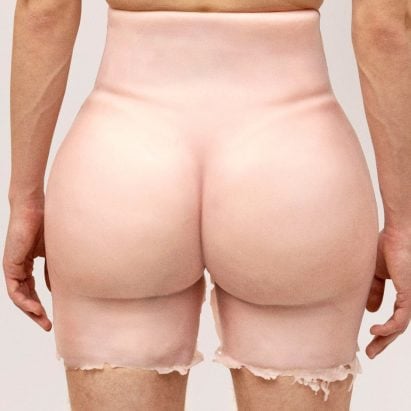
In this week's comments update, readers are both horrified and delighted by silicone shorts that imitate Kim Kardashian's bum and sharing their views on other top stories. More
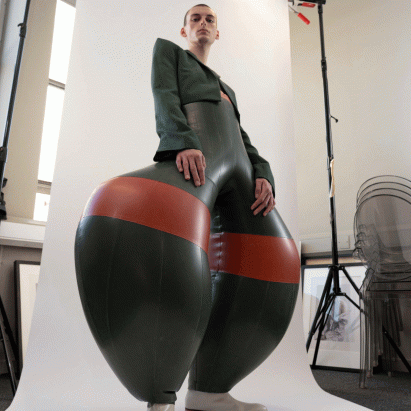
Latex can help replace polluting materials such as leather and plastics, according to designers working with the plant-based material. More
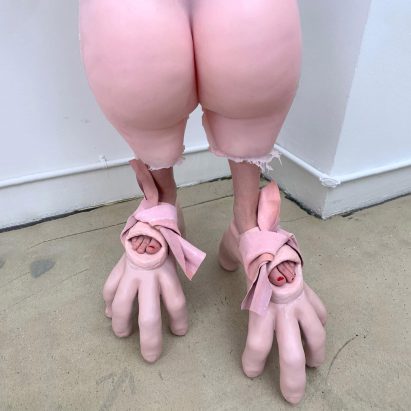
Self-professed "mother of silicone" Beate Karlsson uses the rubbery material to make shoes in the form of human claws and padded shorts that imitate Kim Kardashian's bum in a bid to design never-before-seen items. More
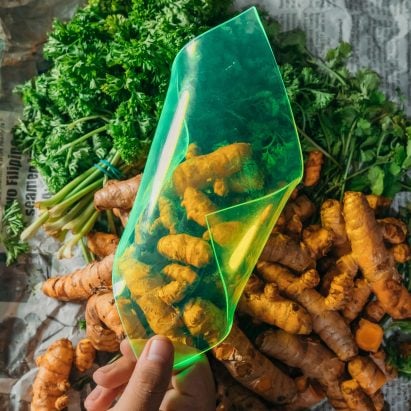
Engineering student Carvey Ehren Maigue has been named the James Dyson Awards first-ever global sustainability winner for his AuReus system, in which waste crops are turned into cladding that can generate clean energy from ultraviolet light. More
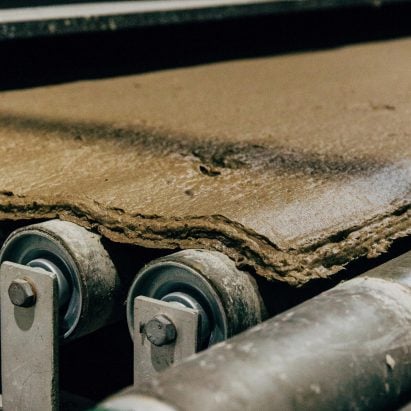
Barcelona-based startup Honext has developed a sustainable construction board material made from a combination of enzymes and cellulose taken from the waste streams of paper production. More